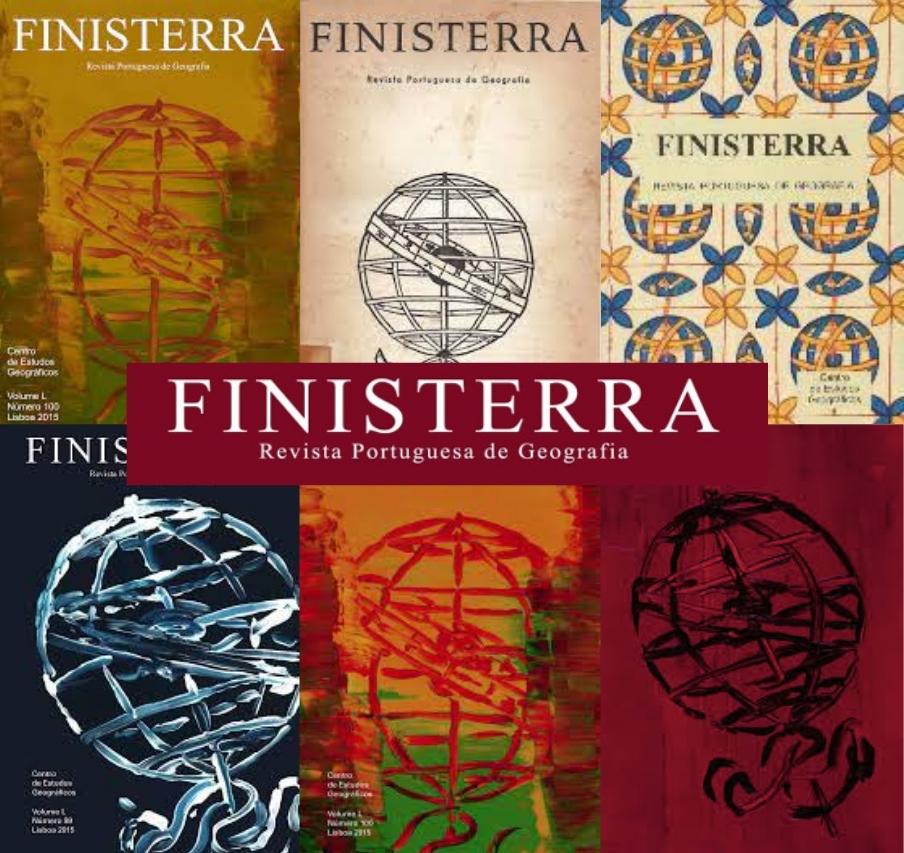Metodologia SIG para a avaliação da contaminação de solos em ambiente urbano-industrial
DOI:
https://doi.org/10.18055/Finis1582Resumo
ENVIRONMENTAL IMPACT ASSESSMENT USING GIS AT URBAN INDUSTRIAL SITES. The aim of this paper is to present a practical experience that uses GIS methodology for environmental impact assessment on industrial activity in Portugal. A conceptual environmental model was used to evaluate and rank areas of risk, taking into account the source of contamination (industrial sites), the biophysical receptors (contamination transmitter) and the anthropological receptors (target). Due to lack of information related to industrial sites, it was necessary to define simple environmental criteria to be used as a primary environmental guide for further investigation phases.Each site (source) is characterized by environmental criteria and categorized by an index that summarises potential contamination impact as a pollutant source. Identically, biophysical media and anthropological receptors are classified and categorized by index values to account for the susceptibility of the receptors.In order to identify priority investigation sites, a GIS model (Arcview 3.2) was developed that integrates environmental parameters in two stages: 1st stage – corresponds to the individual evaluation of each environmental attribute (sources, biophysical receptor and anthropological receptors) by the weighted integration of respective criteria. Output results give the environmental status on (i) site potential contamination, (ii) site biophysical susceptibility and (iii) evaluation of local risk, if contamination occurs.2nd stage – corresponds to the evaluation of priority risk areas by the integration and weighting of the individual 1st stage results. Depending on weighting factors, each output is a scenario of the site environmental status, where the highest index values indicate sites where further investigation is a priority. The final result is a diagnosis environmental map, which is the decision basis for future site investigation and remediation development. This methodology was applied to the first case study in Portugal - Seixal Municipality, a suburban of Lisbon and one of the most industrialized and polluted areasDownloads
Downloads
Como Citar
Edição
Secção
Licença
1. As opiniões expressas nos textos submetidos à Finisterra são da responsabilidade dos/as autores/as.
2. Os/As autores/as conservam os direitos de autor/a e concedem à revista o direito de primeira publicação, com o trabalho simultaneamente licenciado sob a Licença Creative Commons Attribution que permite a partilha do trabalho com reconhecimento da autoria e publicação inicial nesta revista.
3. Os/As autores/as comprometem-se a seguir as “Normas para submissão de manuscritos”, na plataforma RCAAP.
4. Sempre que o texto precisar de sofrer alterações, por sugestão dos/as Revisores/as Científicos/as e/ou da Comissão Executiva, os/as autores/as comprometem-se a aceitar essas sugestões e a introduzi-las nas condições solicitadas. Sempre que houver alterações de que os/as autores/as discordem, devem ser apresentadas as respectivas justificações, caso a caso.
5. A reprodução de material sujeito a direitos de autor/a foi antecipadamente autorizada.
6. Os textos são originais, não publicados nem submetidos a outras revistas.




_(2).jpg)

